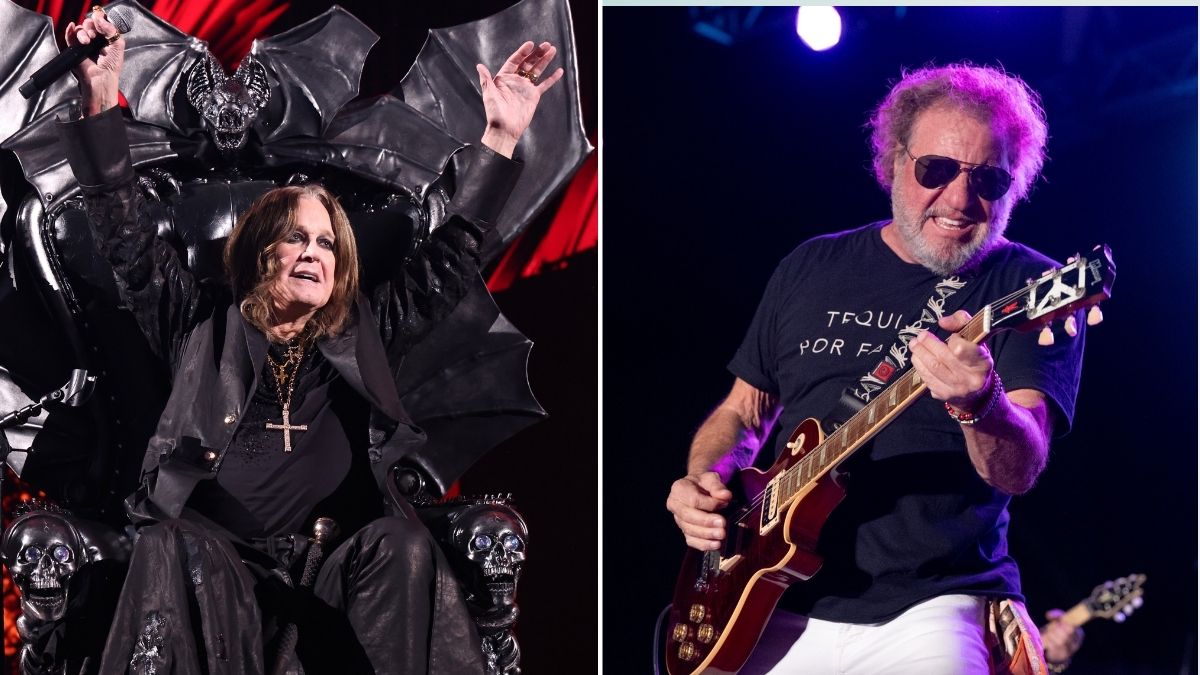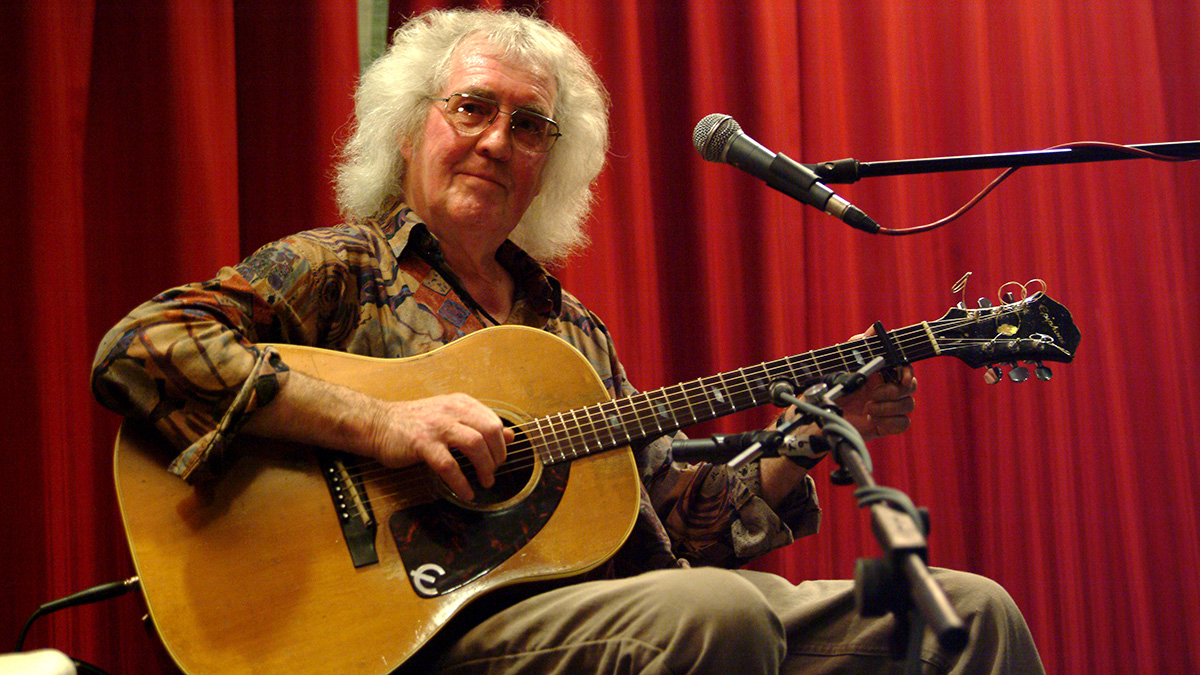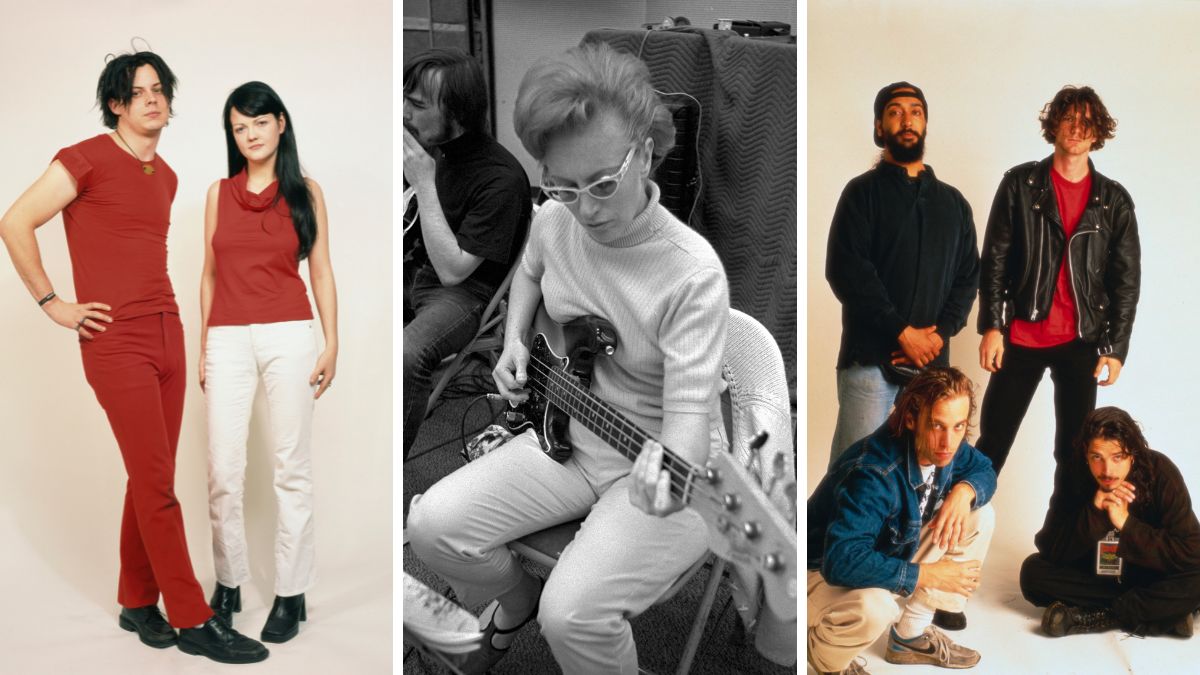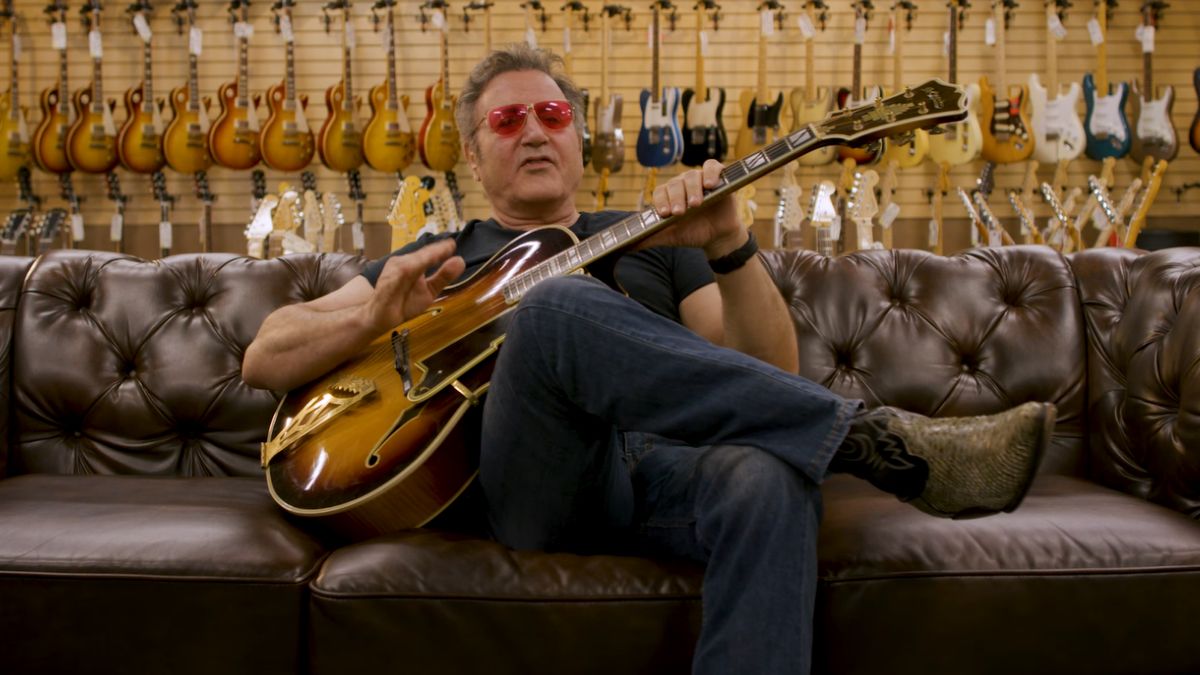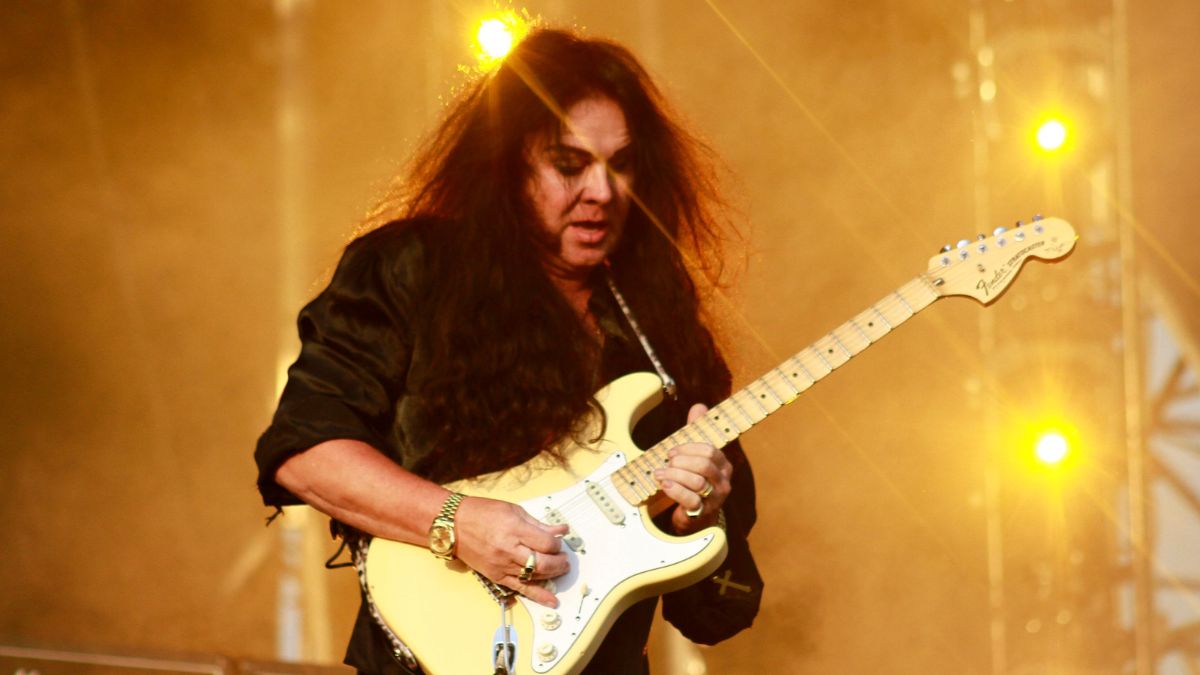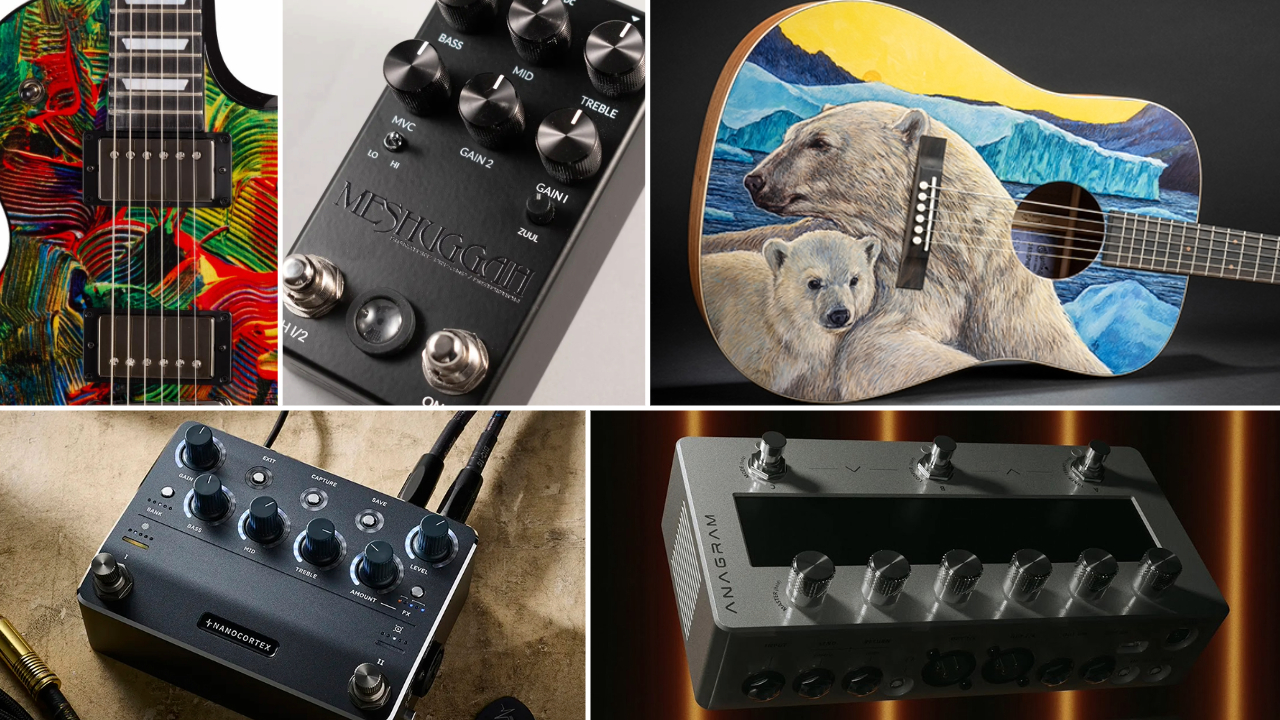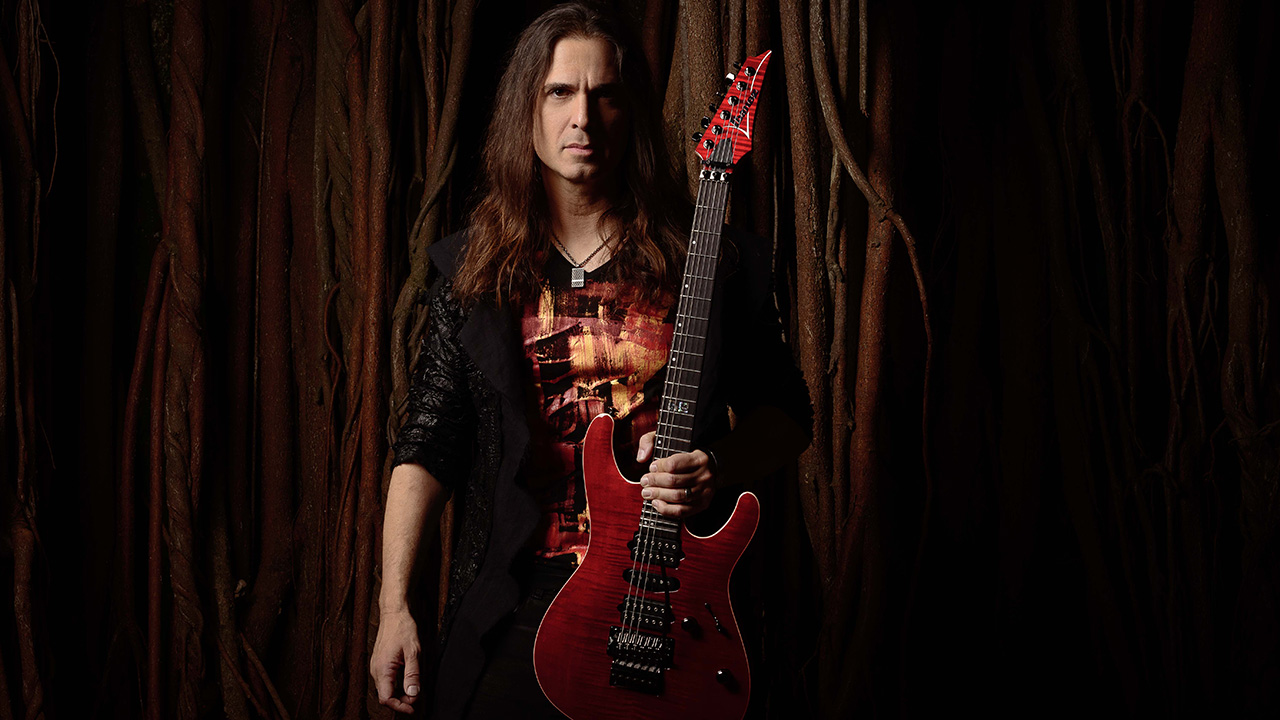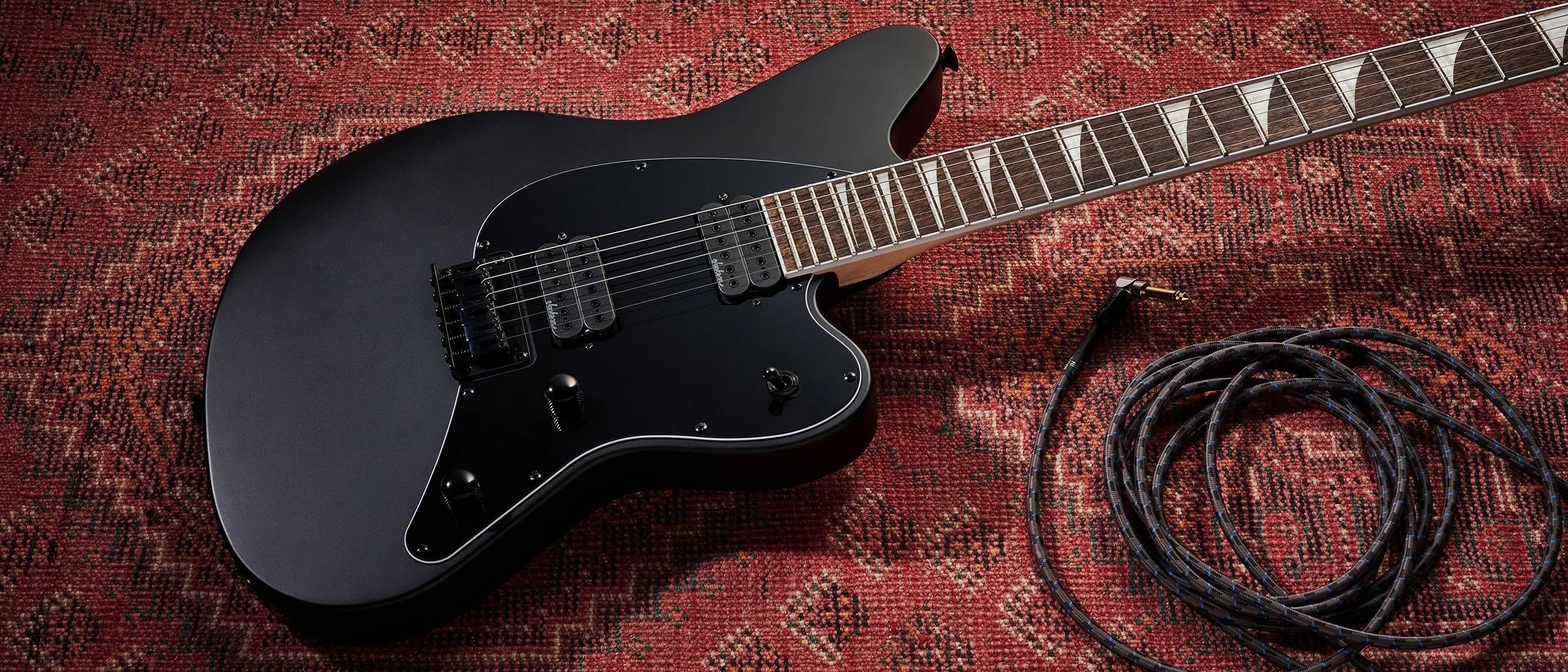Thoughts on Using Your Computer As a Guitar Amp
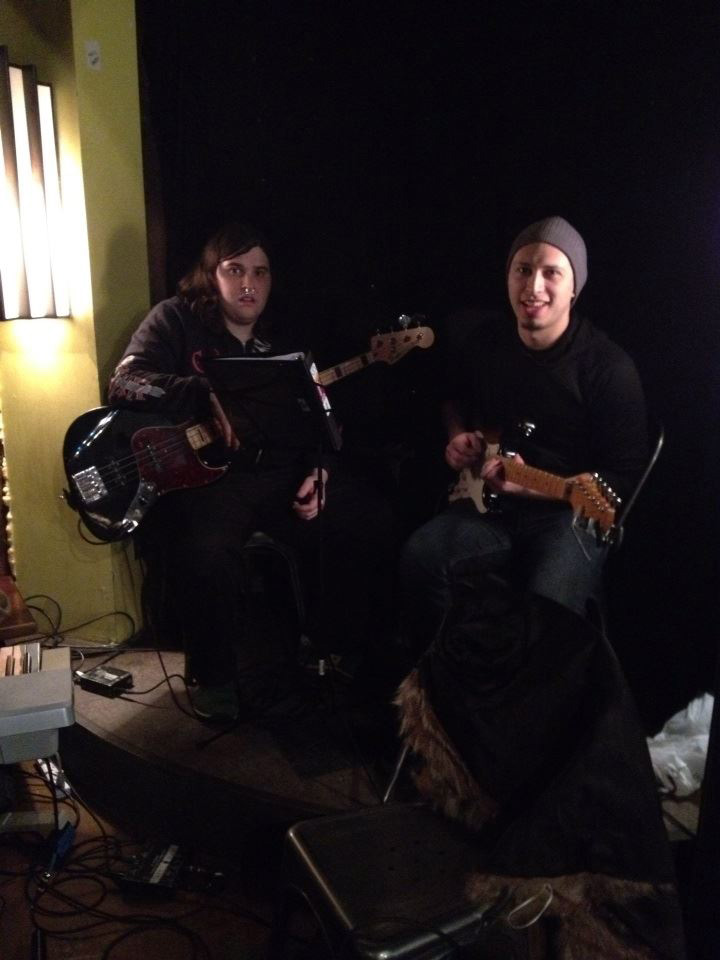
I never thought I'd be writing about using a computer as a guitar amp.
I absolutely adore my 2x12 Deville, love the sound of a Marshall stack, the brutality of a Mesa, etc. I love the feeling of an amp screaming at you live — and feeling the rumble in the floor.
That being said, amps are heavy, and you'd have to be borderline insane (or Captain America) to carry them all around a city, especially New York City during rush hour. A computer, a charger, two cables and a quarter-inch to eighth-inch adapter (all in one bag) is my go-to for the smaller gigs that come my way.
“But I love my tube amp!”
I totally understand that, and plugging directly into Garageband doesn't produce the best sounds. Many guitarists already know about Axe-Fx II, but there are many other programs to play around with that aren't as expensive yet produce awesome sounds. Guitar Rig 5, for example.
One huge complaint among amp users about amp simulators is the lack of body. Hearing a speaker scream in a wood box is not easy to replicate, no matter the electronics. Despite my saying I use my computer for smaller gigs, I still like to make sure whatever venue I'm playing has a decent PA system. The PA won't turn into your amp, but it will sound like a pre-recorded version of you playing.
That's where a lot of people get turned around. Expecting it to sound exactly like an amp isn't possible yet, but expecting it to sound like a living iPod, or like you're in the control room of a recording studio instead of the live room, is possible. It's also an experience that is about 40 pounds lighter.
Get The Pick Newsletter
All the latest guitar news, interviews, lessons, reviews, deals and more, direct to your inbox!
When preparing for a computer-amp gig, it's best to keep it simple, tone wise. Having a clean tone, a dirty rhythm tone and a solo tone keeps it very easy and reliable. Changing presets during a show is dangerous as some are much different in volume from each other. Sticking to three and matching the volume beforehand with your monitors at home or even headphones saves a lot of time and mistakes. Also making sure your input recording volume isn't too loud is an easily forgotten step that is crucial is making sure your tone isn't clipping. Unlike an overdriven amp, a clipping signal does not sound good.
“But what about the dynamics from my amp?”
Depending on your pickups, they still exist. I was actually surprised by this. Playing on the dirty rhythm channel with my Strat, I was fully expecting to having the saturation level remain the same whether or not I turned my guitar volume down. Turns out it reacts just the same, and I was a able to have a relatively clean arpeggiated pattern turn into a distorted power chords, just as I would with my amp.
At some point, a wah pedal must have sounded weird and confusing to people, and now it's been a common pedal for 50 years. Coming from an amp and pedal-board lover, I highly suggest taking some time to figure out different amp modelers for smaller gigs.
Elliott Klein is a New York City-based guitarist/singer/songwriter who plays in Bright and Loud, Party Lights and many more.
“There’s no doubt in my mind that Mark Sampson was the father of the boutique amp revolution”: An interview with the late, great Mark Sampson, the trailblazing amp designer behind Bad Cat and Matchless
“If you’ve ever wondered what unobtanium looks like in amp form, this is it”: Played and revered by Stevie Ray Vaughan, Carlos Santana, and John Mayer, Dumble amps have an almost mythical reputation. But what's all the fuss really about?
